Nacra Works: Interview with Gunnar Larsen & Peter Vink

Interview with Gunnar Larsen & Peter Vink– The guys behind Nacra and Perfomance Sails. Details on the history of the company, their current projects and their Olympics bids. This interview was made some months ago, reviewed and received it this weekend with a late note on the curved vs L-Foils alternative.(more on that this week report received too)
I always read some comments on how x brand manage their business (not many now that anons are forbidden..) but beside different ways to work, one thing is for sure, these guys are pushing the envelope and building new boats, to me that is one of the main thing to analyze in a cat builder company. The Infusion was the first step of the brand comeback, then the F20C, Formula 16 and now the N17… Nacra is delivering lots of alternatives for the 21st century sailors. You can affirm that they are working hard for the sport.
——————————
CSN: The Nacra brand has experienced a new birth in last few years with
the Introduction of the Infusion F18 and recently with the F20Carbon. and now the F16.
You were part of that change along Peter Vink?
Gunnar Larsen: Yes we were part of that and driving those changes. The Nacra factory in St Ana, California already used the European influence since halfway the nineties. Most of the serious multihull racing was done in Europe since the F18 class took off from 1996. The European Nacra teamriders were transferring their feedback straight back into the Nacra products to ensure performances. Peter was delivering the sails for racing Nacras with Performance Sails and we were both part of the European racing team promoting Nacra through Europe and sometimes beyond. Since Peter and I took over the factory in 2006 we started a process of renewal within Nacra, boat by boat.
I guess seeing the result of this now looking back we should be happy. The Infusion is the best sold F18 worldwide, The F20 carbon is taking line honours everywhere around the world being a showcase for the brand. The launch of the Nacra F16 last autumn being a big success, as we are successfully selling this around the world. Brands of any kind need renewal to stay on top. We think the trick is to reinvent yourself and to have your customer base to grow with you. Because at the end of the day, we will produce what our customers ask for.
 CSN:How did you guys ended running the company?
CSN:How did you guys ended running the company?
GL: Peter and I started as sailing enthusiasts, just like others. We never expected or targeted the positions we have today. There is several companies we look after but the main ones are Nacra Sailing International & Performance Sails. Peter takes care of the complete technical side and general management of these companies and I run the commercial side of it. Sitting with each other in the same office talking about all what is going on makes the right combination for us. But at the end of the day we make a clean cut on who is responsible for what. So it is clear to the outside world and to our colleagues.
Some background history now. Peter and I both were invited ( not at the same time) to come and sail for the European distributor of Nacra and Prindle catamarans based in the Netherlands. We were both sailing good results at small sailing events and they just wanted us to do one thing: To win with their boats so they could sell more. Peter and I sailed with Prindle’s and Nacra’s since beginning of the nineties and never sailed for any other brand. Peter started to supply sails for these brands and started Performance Sails in 1992. Before that his loft carried another names, so actually he was already busy for quite some time building sails and other stuff. He just continued to do so until 2004 and build himself a strong reputation which is still lasting today. Supplying for several F18 brands, keelboats up to 50 foot, trimarans and all other sort of boats.
Peter was sailing on F18’s and Tornado himself to be always ahead with latest technology in the Olympic scene.
At the same time I was developing myself as an sailor and went to engineering school. Me and my crew started with Tornado in 1997 ( we were sailing together since 1993) with Athens 2004 as main objective. After some years we found out that we would not be good enough to sail top three places together as a team and we pulled the plug the end of 2000. Now Gerhard and I will be sailing together again during the F18 worlds in Long beach in 2012, it all comes around always!!I started to work and opened up a Watersport shop together with one of the current investors in our company today. In 2004 we started talking with the European distributor to take over their company and distribution. We asked Peter to join in, merged these three companies and formed Nacra Europe & Performance Sails. Peter and I go back since 1986, a long way and this forms a basis that we are working on today. Before we start working together we learned to know each other on forehand and therefore we are a very strong team.
 CSN-You have a long relationship with Morrelli&Melvin, now designing your latest boats, plus having those ideas implemented upwards to bigger cats and the AC. Tell us about this partnership
CSN-You have a long relationship with Morrelli&Melvin, now designing your latest boats, plus having those ideas implemented upwards to bigger cats and the AC. Tell us about this partnership
Peter Vink: This relationship we have with MM is very special to both of us. It goes way back and was formed and based on mutual passion for multihulls. Nacra just wants the best for their customers and MM comes up with designs which are engineered in a way that they just fit the profiles we ask for. The final designs are based on as much input from Nacra as of from MM. I guess the combination makes us successful. Nacra has been working together with MM since 1995 and continuous to do so with new projects to come. It is so much better to talk with an engineer like Pete Melvin that is a top sailor himself. He understands how it is to be out on the water and to how nice it is to have an easy quick competitive boat to sail with.
CSN-Any further changes for the Nacra F18 Infusion MK2 for 2012? the updates as reported in the blog were working really good.
PV: We will stay on top with any developments. The F18 class is a development class and allows it. BUT, on the other hand we work with model years. If we change anything for the new year, it is before the 1st of September. After, no changes in designs are made. We also change not too much and if we make changes we communicate them so our dealer & customers base are informed. It is that simple. The Infusion has not been changed for 2012. The boat is fast and simple to sail in the same time. Leaving teams from whatever level more time to look around and race around the course. This is our philosophy to any boat we produce.
CSN:Expectations for the F18 class. Any changes necessary in your opinion?
PV: COST CONTROL! Is far the most important matter for F18 class. If we do not stop adding costs to these boats. This f18 class will no longer exist 10 years from now. It is that simple. This is a not easy and a big job and responsibility for the F18 council to keep the class under control. There will always be “smart cookies” that think changing is always for the good but this is where some of these guys are wrong. Do not change a winning formula like the F18. Keeping the connection with the regular sailors is very important for such pro/am class.
CSN-What is the long term goal of the F20 Carbon, this boat does not seem to fit the criteria that ISAF requires as new Olympic multihull. Was it designed to be the next Olympic Multihull in first place?
GL: As soon as the criteria were clear. It became clear to us that the Nacra F20 carbon would not meet these criteria. The F20 carbon is working for teams from 165 kgs and up in racing events. There is really nothing like it within this size that has got the excitement, control and speed at the same time as the F20 carbon. If you think the F18 class is quick, try a F20 Carbon. In some events F18 teams could experience the speed of the F20 Carbon as these two classes are starting together a lot. This boat is truly meant for two big guys buying speed to finish in the front! We call this the “KING OF THE BEACH “ feeling. The F20 carbon is a true racing machine that sails easily and can be trailered around on a tilt trailer. It does not take more time to get ready than an F18 but is twice as fast. Nacra has been the only one with such a big 20ft class ever. The Nacra Inter 20 that was launched in 1997 sold more than 1000 boats in 10 years worldwide.
CSN: It seems that the main focus of Nacra is racing, which other fields the company is targeting?
GL: We target customers that like to have performance in their boats. In any NACRA you can find innovations that are leading to the other brands. This is where we always creates a lot of “ spin off ”. Performance has always been the driving factor for the brand. Not many racers realise this but we do deliver a lot of boats to sailing schools and hotels for the use of leisure. This diversifies our business model and gives us the spread of risk we seek as a company. But every boat delivered for leisure still is build with a certain edge for performance.
CSN-The young kids coming out of the monohull need some options, you have the 500 and other small cats. Now in USA it seems the youngsters are going directly to the F16 as seen in the recent Tradewinds.
GL: That is such a good development, we noticed too that the F16 is a perfect “feeder” class towards more. Many youngsters stop after the being trained in conventional classes like Optimist or 470. That is the reason why we came out with the F16 and are even considering to create a new class with other builders constructors that needs to be bullet proof. Kids can sail in this new class with everything on it, even a small spinnaker with snuffer. We have been talking with other brands to start this up together to ensure that more kids are flowing through to F16 and in the end the Mixed Olympic multihull. We, as manufacturers need to facilitate this and come up with the solutions to make it work. It should totally not be an expensive boat, super strong and within a box rule formula. The available boats out there today are not cheap and not every parent can just buy such boat for their kids. The happy views are great but we need to have more and more kids into our way of sailing.
CSN-It seems the F16 is growing fast, you told me in BA you already had several orders, how is the status right now? Future of the class ?
GL:If one thing over exceeded our expectations, it is the response of our market on the new Nacra F16. Unbelievable. We had to ramp up production hard to be able to meet the demand. Great stuff. Pretty much everywhere around the world people will see or find Nacra F16’s the coming months and this is just the beginning. Once the boats have landed, people sail them with friends and have a positive experience. The F16’s are light (easy to handle) and fun to sail and race. The biggest group we see buying this type of boat is the Daddies want to go out alone or/and with their kids to teach them. A great development to see. The class currently looks scattered. We asked in the end of 2011 what the racing schedule for 2012 would be and nobody had a clue. I guess it takes some time to get organized but the more F16’s are being sold, the bigger the fleets, the bigger the fun. At least, that is NACRA’s point of view. The more the merrier. We truly appreciate all the work that volunteers are doing every year to keep us all on the water and organized. We all should appreciate them more.

CSN: Gunnar you were here in October 2010 to offer some excellent clinics , that
were really appreciated by the entire class. When we started sailing the Racecat F18, we have zero experience on this type of boats, as no Tornado or any other class was being raced here, so the learning curve was quite a challenge for us , we learned by ourselves. Having a Pro catsailor sharing knowledge was a huge step for the local sailors. I want to thank you for patience and disposition with us.
GL: More than welcome!
CSN- In November 2011 you came back to race, how was the experience this time racing in BA?
GL: It was great to come over with Sam together and race with you guys. Of course we had spoken with the Argentinian crews in Europe when they were over with us and we know that they are really good. But to be in Buenos Aires and race with you guys was a great experience. The crews in South America in general are coming up strongly the last year. If I hear than that you guys were all windsurfing and kite surfing I cannot believe how quickly you guys came to the level you all are! Well done and we loved being with you guys!! We will be back for sure for some more….
CSN-What is going to be Nacra’s strategy with the multihull back into the Olympics? Do you think a new class can affect current successful ones? How about your recent ’17’ with curved boards, If not selected (I think it has a good chance) you will still push it as an OD class?
PV: when we received the selection criteria we concluded that an updated F18 Infusion with curved foils or the Nacra F20 Carbon and even the Nacra F16 were not fitting the criteria perfectly. We are bringing our Nacra F16 to the trials but realistically a 16 footer is too small for the top Olympic athletes. Our intention is to bring the best possible boat for the Olympic purpose, it should not be too expensive. Olympic teams use these boats 200+ days per year and it should be durable enough to not be needing to buy a new one too often. This is why we are suggesting the Nacra 17. This boat truly fits all the criteria the best of all bids. After intensive testing and sailing with the Nacra F20 Carbon that is also fitted out with curved boards we were determined to fit the Nacra 17 with these curved boards. It gives a bigger crew weight range (crew weight is less critical with curved foils than classic/straight boards!) another big advantage is that you can push the boat more than you would do with straight boards.
When the Nacra 17 gets chosen this wll not not effect anything with the current successful classes today. This has been a major argument for us, we sincerely hope that ISAF will not choose any 16 or 18 to leave those classes as they are. We also believe that ISAF understands this and therefore we hope they will be doing the right thing here.
 CSN: what do you think of L foils, did you considered them for the Nacra 17?
CSN: what do you think of L foils, did you considered them for the Nacra 17?
PV: When we started the Nacra 17 project last year we did spoke about L foils in the design team. Today you can see the AC 45’ testing these L foils. On big cats they work indeed as they do not have a crew in trapeze outside the boat to control the pitch. They weigh quite a lot compared to our products, another reason why the L foils do work on these bigger cats plus they create a more constant lift when the speed picks up. A disadvantage is that the drag drastically increases below 10 knots of wind. Our biggest concern was usability. More than 80% of all cat sailors worldwide launch their boats from a beach and sail out in a surf. You cannot put an L foil as the AC teams are using in the boat top down like classic boards and curved foils! Can you imagine how to do this with L foils? This is quite impossible fitting them in from the bottom up through the case trying to go out through big waves of surf. At this moment the curved foils really are more practical and work in all conditions. That is why we not choose the L foils but clearly see the practical advantages of the curved foils. Everybody should try a Nacra f20 carbon or the Nacra 17, it is truly sensational!
Peter Vink & Gunnar Larsen: “General note to CSN: We would like to thank Martin Vanzulli for creating this fantastic Catsailing news website. It shows that a website can be run from anywhere in the world to be succesfull. This Blog really helped getting the Multihull back in the OLYMPIC GAMES from which ever make. Of course we hope to be the supplier with the NACRA F16 or the NACRA 17. We are doing the best we can and we are ready for it.Thanks also for always being so objective about all subjects!!! Keep it up!!”
—ENDS—
———-
Copyright Catsailingnews.

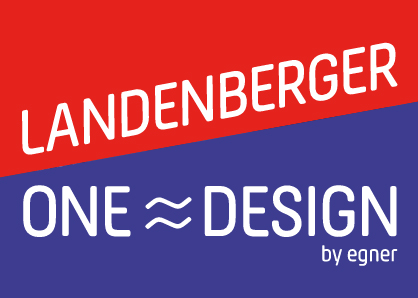
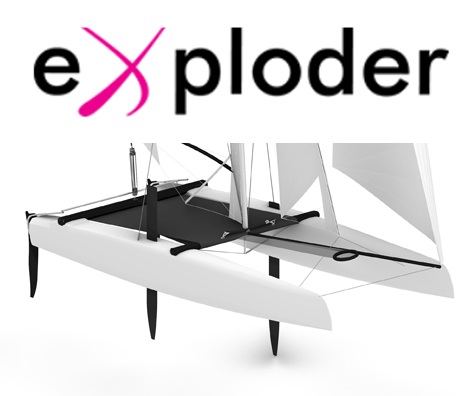
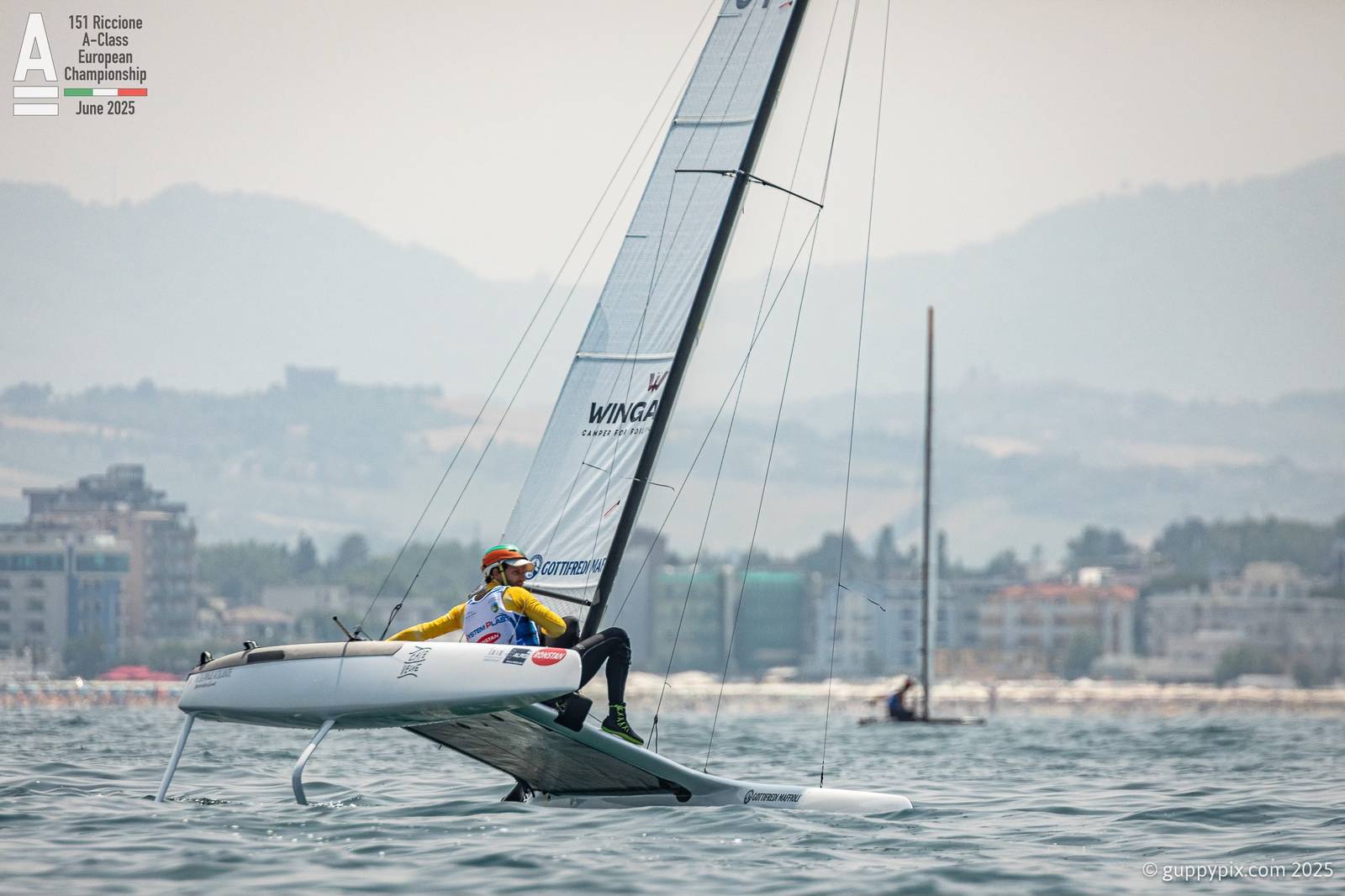
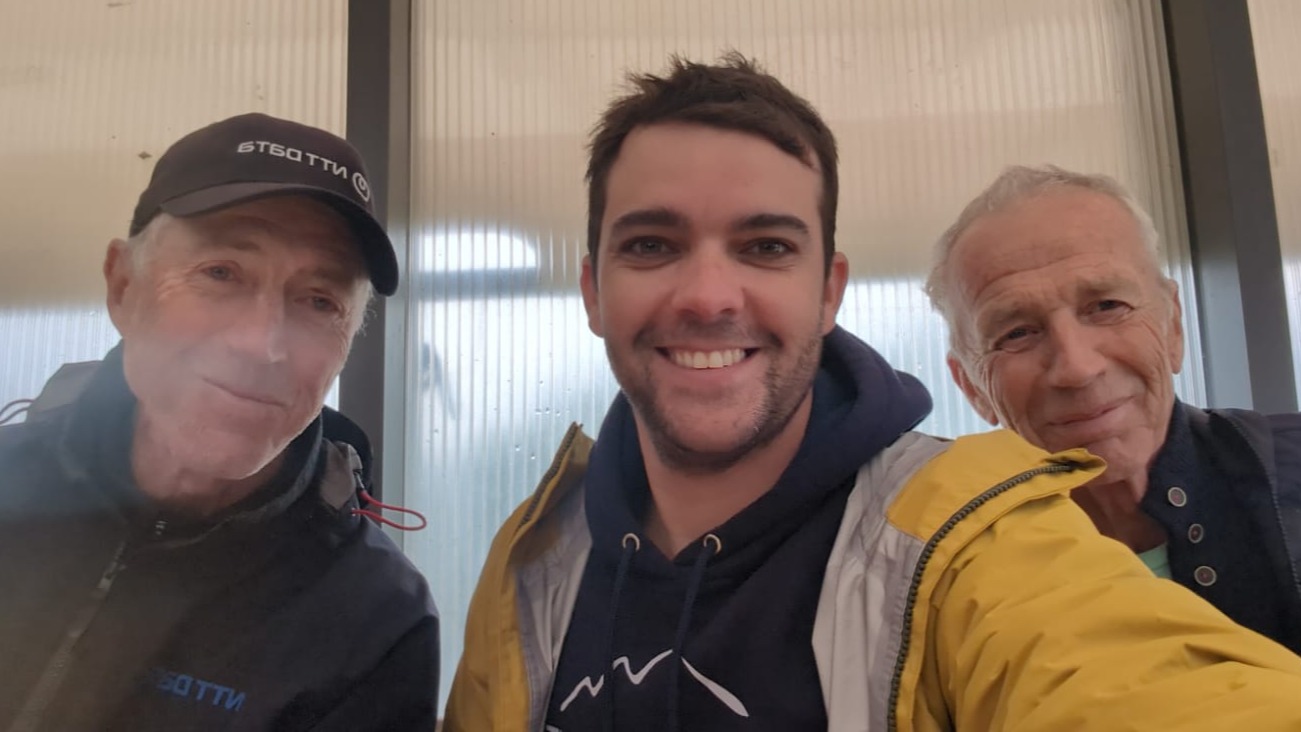
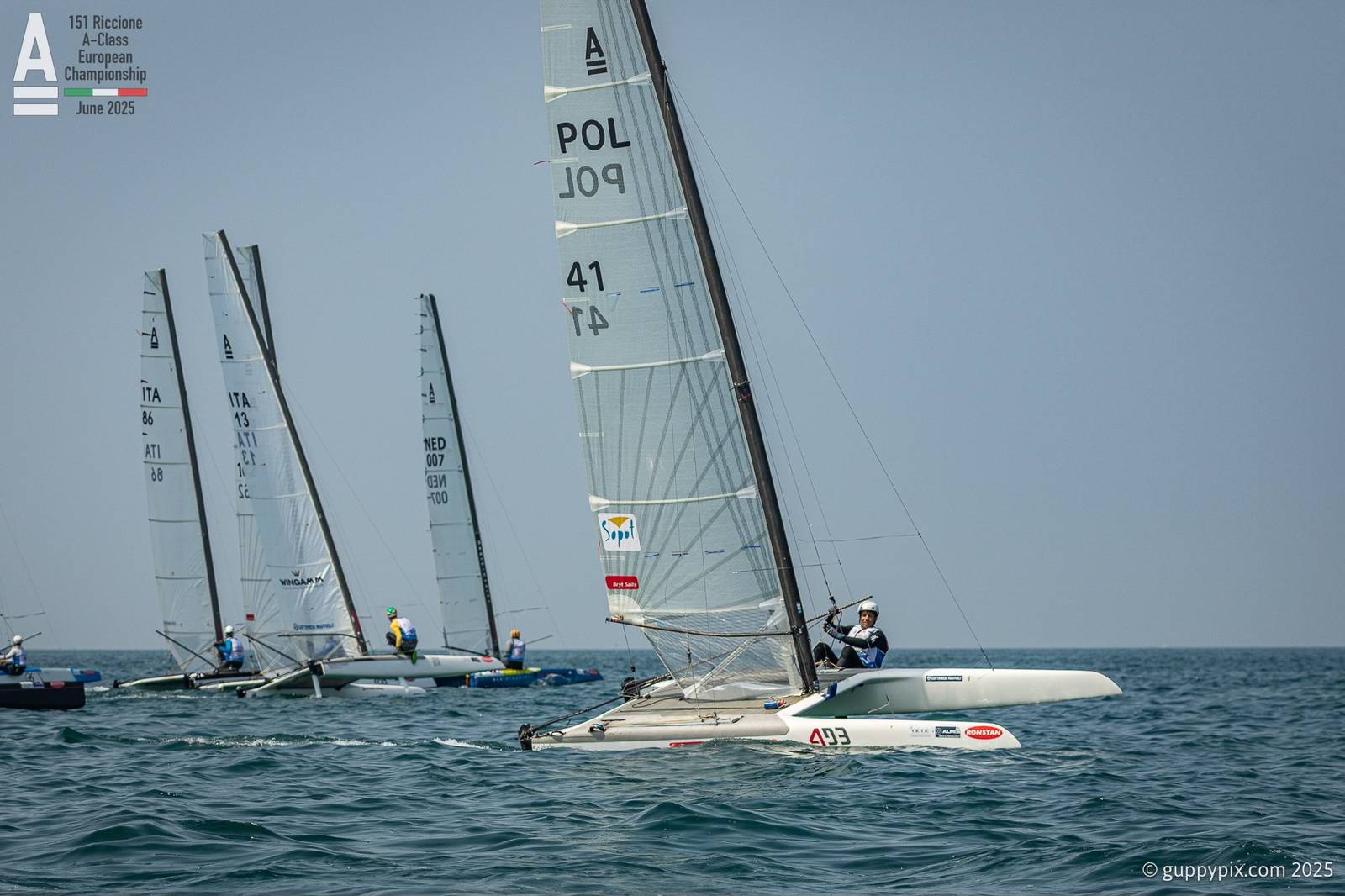
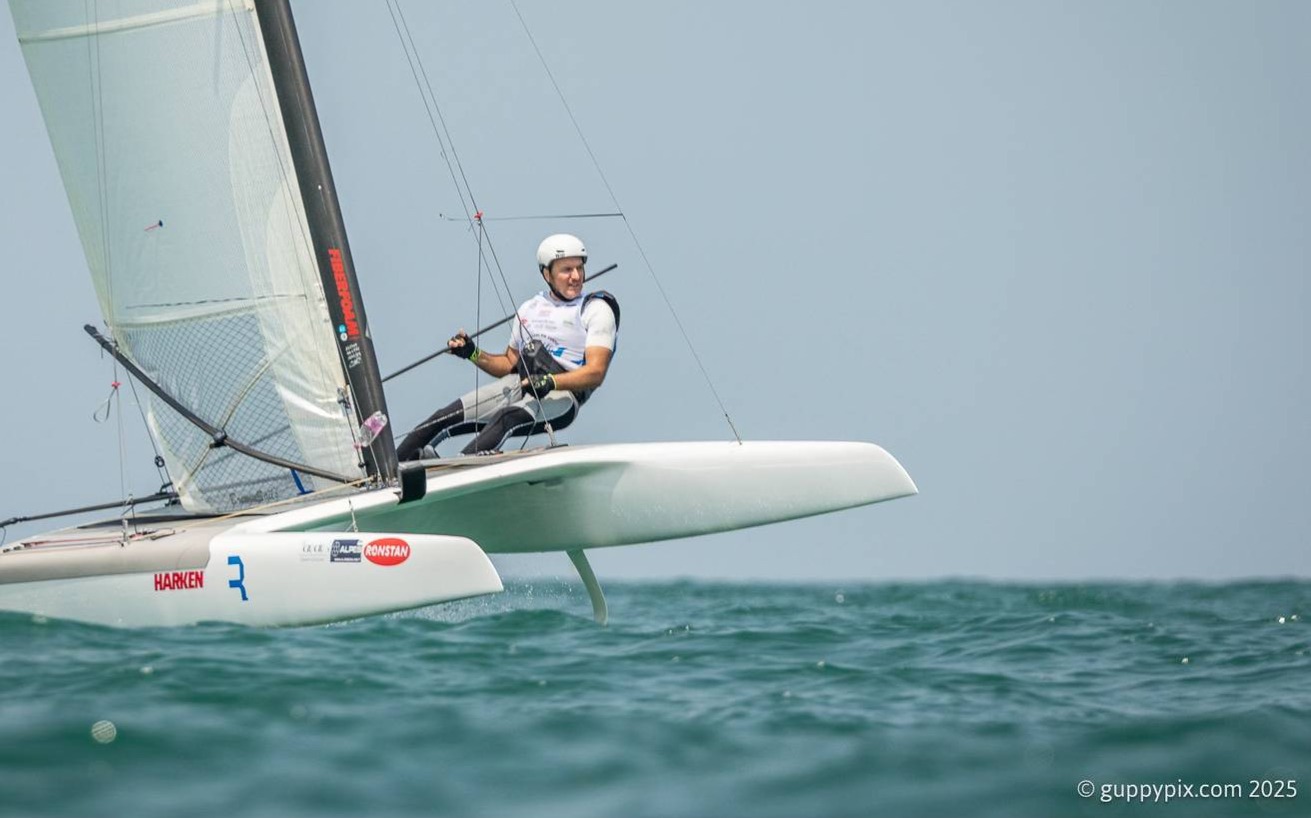
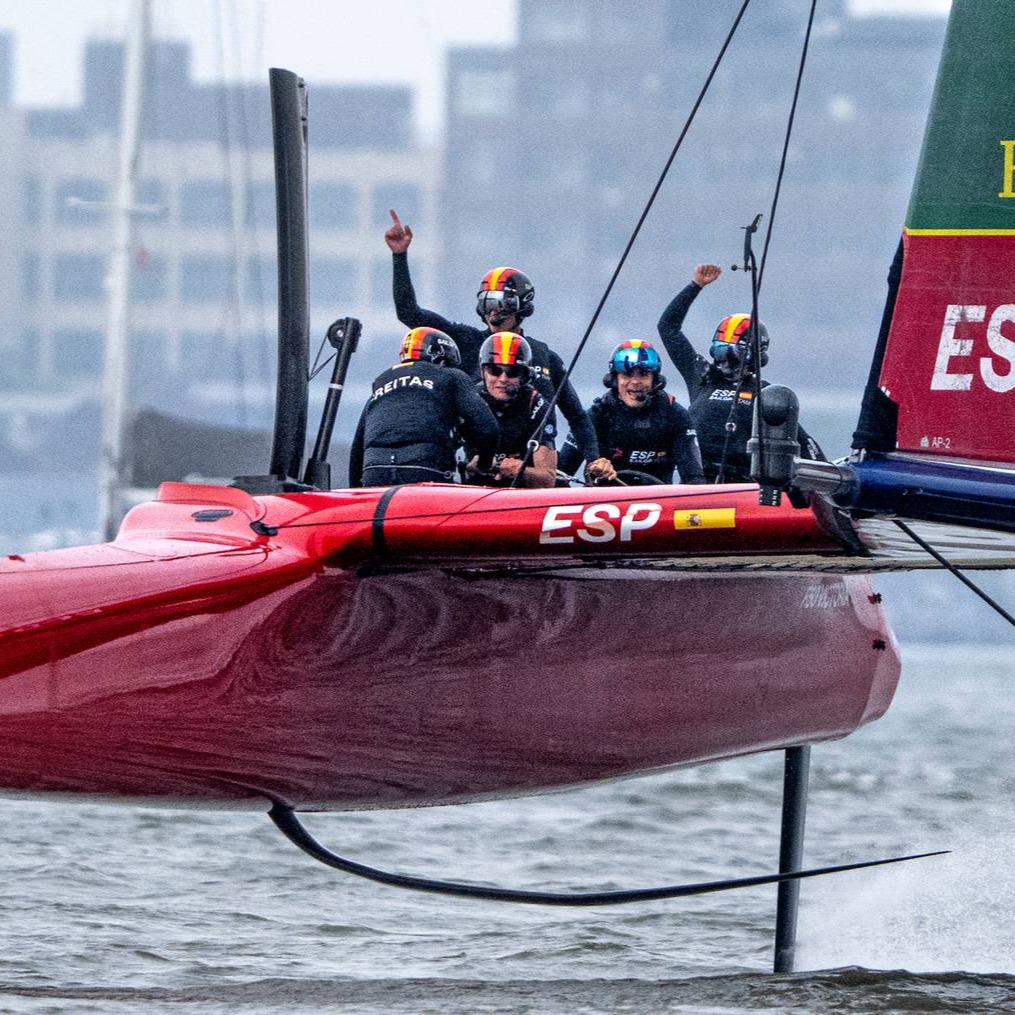
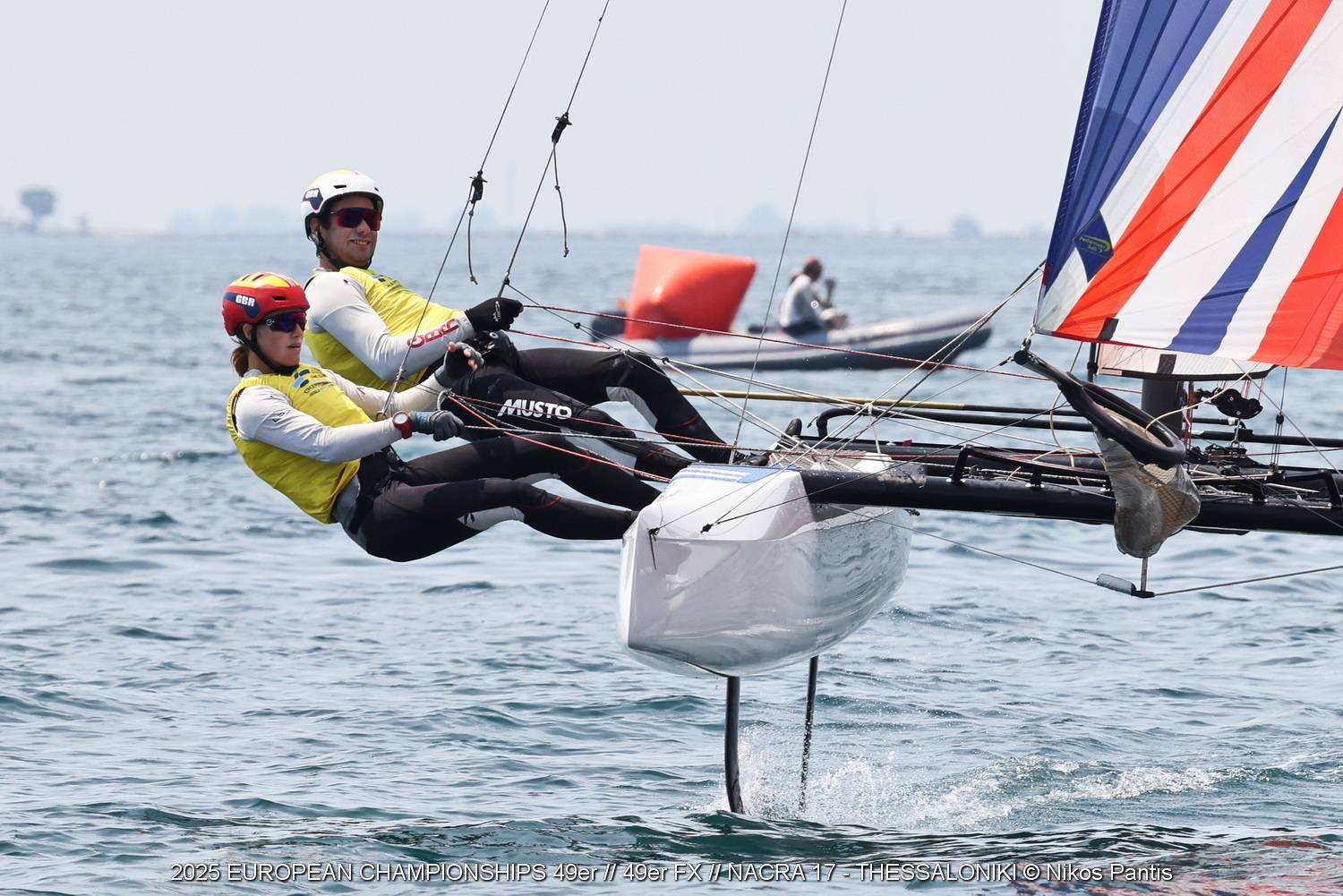
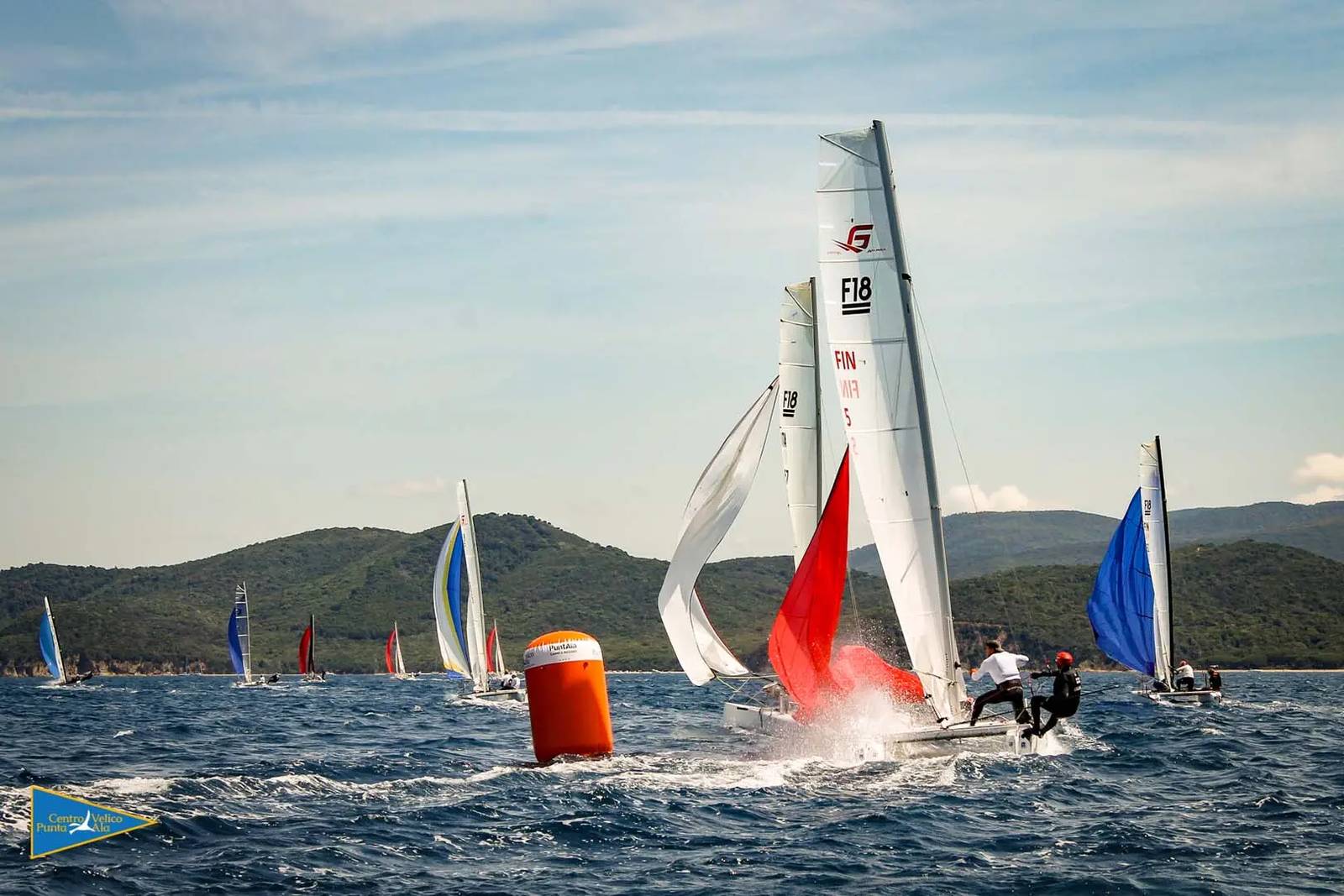
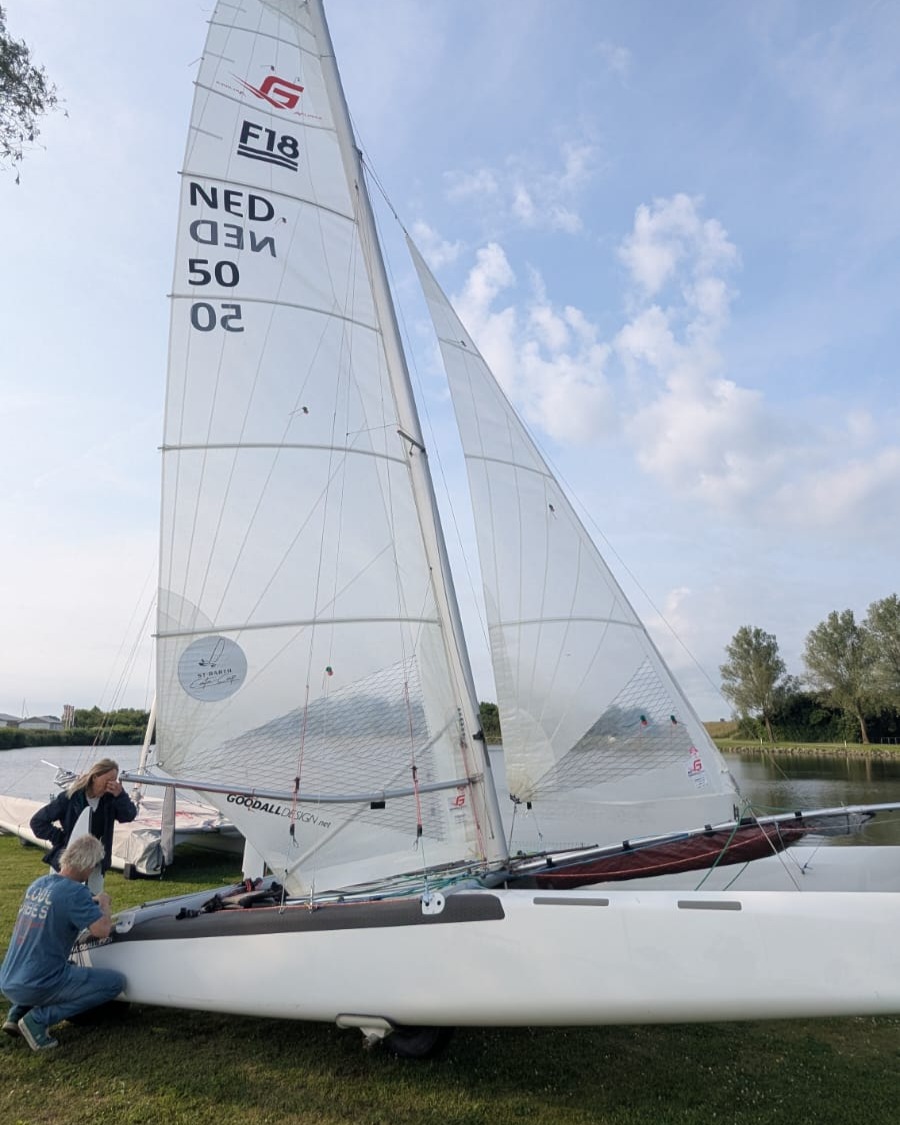
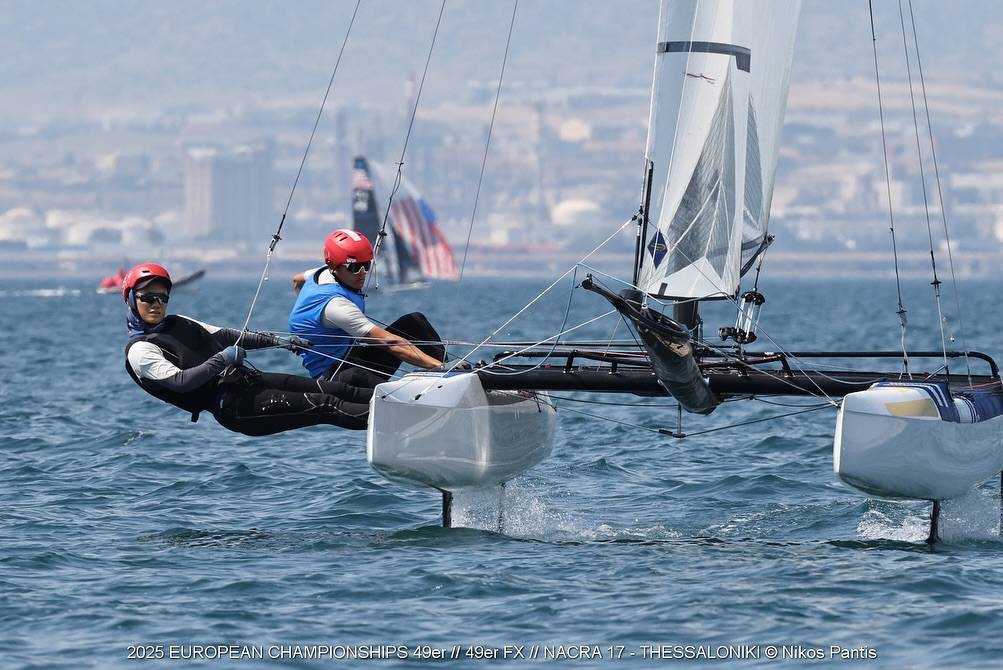


















Good interviews! Great to hear of the F16 success! Interesting to hear why they don't want the F16 or F18 to win the Olympic trials.